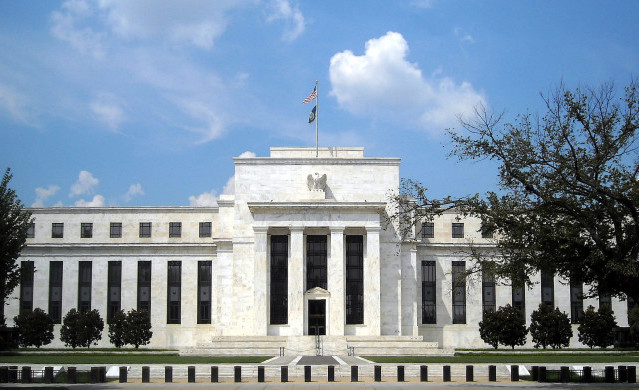The Federal Reserve kept rates steady in September but announced that it would begin to reduce its massive $4.5 trillion balance sheet of bonds.
The Fed began buying mortgage and treasury bonds in early 2009 in an effort to artificially push interest rates down to help stimulate an ailing economy. This went on until December 2013 with a few pauses in between. The Fed’s balance sheet was roughly $800 billion at the time, so they have accumulated $3.7 trillion during that time period.
The Fed announced in October that it would begin buying $10 billion less in bonds per month: $6 billion less in treasuries and $4 billion less in mortgage bonds. You may be asking yourself, “Didn’t they stop buying in December of 2013?” Yes, they did, but the Fed has continued to buy additional bonds with the interest that it is receiving from its $4.5 trillion portfolio.
Buying $10 billion less in bonds per month is a very small amount. If the Fed were to remain at that number it would take more than 25 year before the Fed would get back to the $800 billion balance sheet that it started with in early 2009. What the Fed intends to do is double the amount of bonds that it will not buy every quarter. This is something that I’m sure will be revisited.
What happens when the Fed sells bonds? Well just as rates dropped when the Fed was buying all these bonds, rates will go up as the Fed buys fewer bonds and eventually begins to sell.
The futures market also predicts that in December the Fed will raise rates by yet another .25 point, making it the third and final .25 point rate hike for 2017.
What does this mean to the everyday consumer? Higher rates across the board. We will see rates go up from credit cards, to car loan, to home equity lines and of course mortgage rates.
This will mean less spending power for consumers as they now will pay more in interest. The Fed will have to watch this closely because, if rates move up too fast, it could stifle the economy and put the Fed in a bad position. It could mean that they may put their plans on hold in the future.
The rate for 30-year fixed mortgages have been just below 4 percent for most of the second half of 2017 and Freddie Mac and Fannie Mae predict that we could see rate in the mid 4 percent in 2018.
Looking to buy or refinance? Now may be the time to do it as opposed to waiting until next year.
To contact me, call 773-557-1000 ext. 15, e-mail ron@ronmortgage.com or visit http://www.ronmortgage.com.
 Fra Noi Embrace Your Inner Italian
Fra Noi Embrace Your Inner Italian







